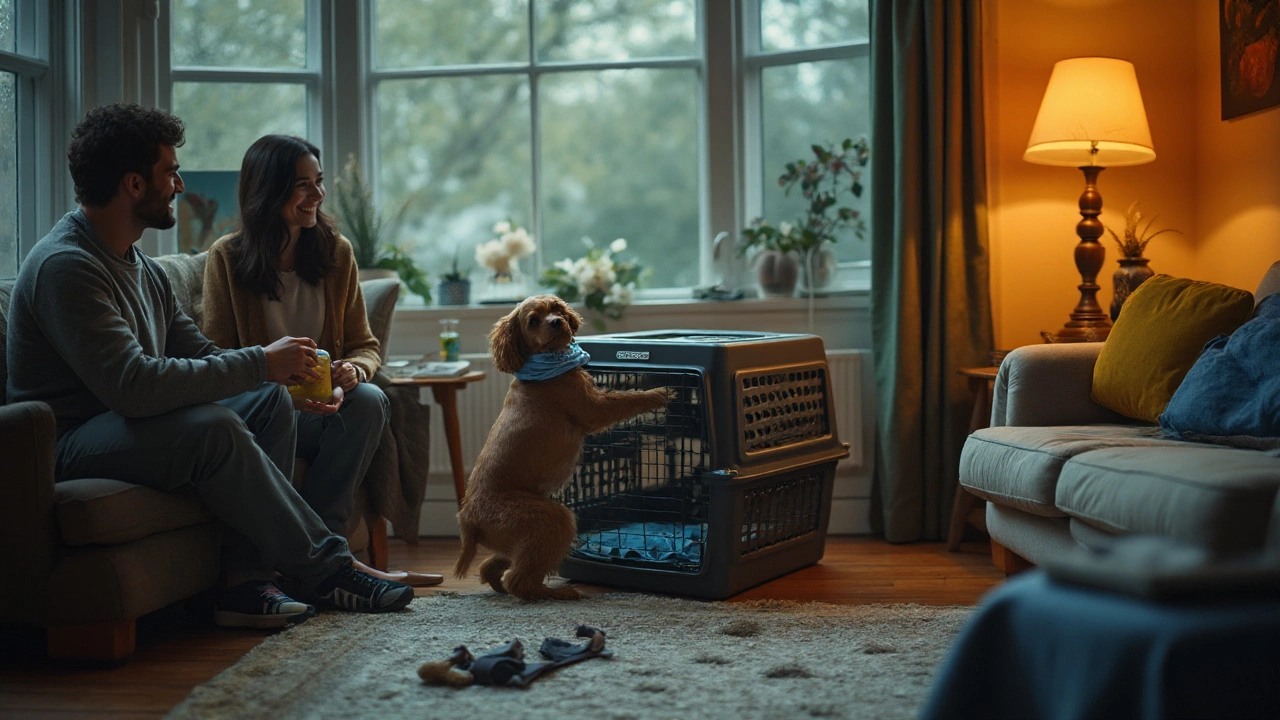Pets in Cargo vs Cabin: What’s the Real Difference?
Flying with a pet can feel like a gamble. Do you keep your dog or cat beside you in the cabin, or do you hand them over to the cargo hold? Both choices have perks and pitfalls, and the right pick depends on size, health, airline rules, and your budget. Below we break down the key factors so you can decide quickly and travel with confidence.
When Cabin Travel Makes Sense
If your pet fits under the seat – usually up to 8 kg for dogs and cats – cabin travel is the simplest route. You stay in sight, you can soothe anxiety, and the pet avoids temperature extremes. Most airlines require a soft‑sided carrier that fits under the seat; the carrier becomes your pet’s seat. Choose a carrier with ventilation on all sides, a secure latch, and a padded bottom for comfort.
Cost‑wise, cabin fees are often lower than cargo fees, but they’re still an extra charge – expect anywhere from £15 to £45 per pet in Europe, less in the US. The biggest advantage is peace of mind: you can check your pet’s breathing, water bowl, and any signs of distress during the whole flight. This works best for calm, well‑trained animals who can handle the noise of a cabin.
Before you book, verify the airline’s pet‑in‑cabin policy. Some carriers limit the number of pets per flight, and the rules can change on busy routes. Arrive early, check in at the desk, and let the staff know you have a pet in the cabin so they can store the carrier safely.
When Cargo Might Be Better
Pets that exceed cabin size limits, have special medical needs, or get nervous when cramped belong in cargo. Modern cargo compartments are pressurised and temperature‑controlled, just like the passenger cabin. Most airlines require an International Air Transport Association (IATA)‑approved crate that meets strict strength and ventilation standards.
Costs for cargo shipments are higher – often based on weight, crate size, and distance. Expect a fee of £30‑£100 for a small dog, and more for larger breeds. Make sure the crate is big enough for your pet to turn around, stand, and lie down comfortably. Add a familiar blanket or toy to reduce stress.
Health checks are a must. A vet should sign off that your pet can handle cargo travel, especially if they’re very young, elderly, or have heart or respiratory issues. Give them a light meal a few hours before the flight, and provide fresh water up until check‑in. Some owners use calming aids like pheromone sprays or vet‑prescribed medication – talk to your vet about safe options.
When you drop the crate at the airport, ask for a cargo receipt and confirm the flight number. Keep the receipt handy until you’ve collected your pet at the destination. Most airlines will have a designated pet claim area; follow the signs or ask staff for directions.
In the end, there’s no one‑size‑fits‑all answer. Small, calm pets usually do best in the cabin, while larger or anxious animals are safer in a well‑prepared cargo crate. Check the airline’s specific rules, weigh the costs, and consider your pet’s temperament. With the right prep, flying with your furry friend can be a smooth experience – whether they sit beside you or travel in the hold.
Is Flying Traumatic for Dogs? Risks, Stress Signs, and How to Make Air Travel Safer (2025 Guide)
Is flying traumatic for dogs? A 2025 guide on risk, stress signs, cabin vs cargo, and a step‑by‑step prep plan to make air travel safer and calmer for dogs.
